A Bold Berkeley Program Is Improving Human Lives in Low-Income Countries
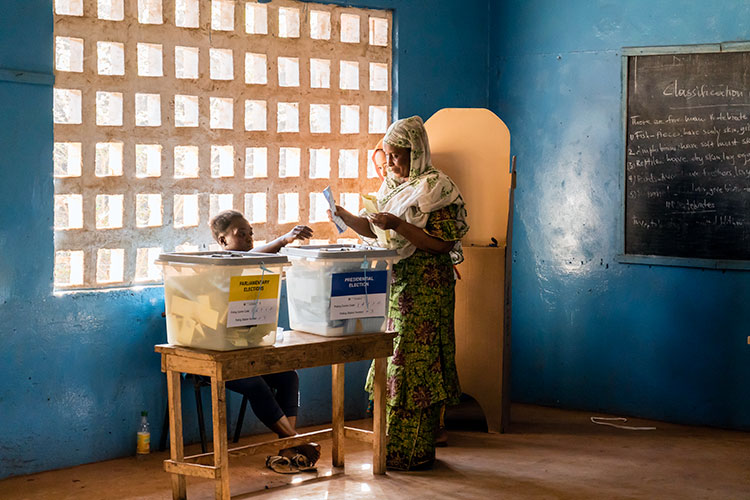
All countries face challenges, but in an age of urgent global threats, low-income countries are constantly at a disadvantage: Lacking economic resources, policy expertise and often even basic data, their on-the-ground challenges become entrenched, and they fall further behind developed countries.
Now, an innovative program based at UC Berkeley’s Center for Effective Global Action (CEGA) is reporting remarkable results achieved by building multinational, cross-cultural partnerships to address needs in low-income countries.
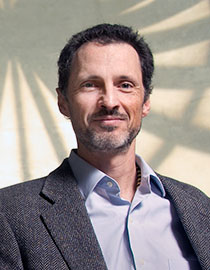
Over the past five years, says project director Ernesto Dal Bó, researchers enlisted under CEGA’s Economic Development & Institutions program have worked with government officials in Sierra Leone to improve the process for democratic elections. In Mexico, their recommendations on a broken labor court system helped to drive one of the most sweeping labor law reforms in Mexican history. Another team designed a campaign to inform women in rural India of their political rights — and now the Indian government is looking to expand the education campaign nationwide.
The program, funded by UK Aid, has achieved change using a problem-solving model focused on practical results. First CEGA worked with developing country governments and civil society groups to understand specific challenges that could be addressed through policy. Then it held a “matchmaking” event at which those leaders met with an international group of academic researchers.
The researchers then made proposals, and CEGA funded the most promising among them. Today, with the program about to end, CEGA staff experts Leah Bridle and Anya Marchenko have detailed its successes in a new impact report.
Dal Bó, born in Argentina, is a political economist based at Berkeley’s Haas School of Business, and in an interview, he described some of the projects — and the pioneering approach to building partnerships.
The interview has been edited for length and clarity.
Berkeley News: This project has had some amazing findings and some strong positive impacts, and I’d like to start right there: Could you choose a couple that you find particularly interesting and summarize them for us?
Ernesto Dal Bó: There were many projects that were funded as part of this initiative and each of them quite amazing in its own way. So, it’s hard to play favorites. But I would highlight a couple of studies that I think are quite remarkable.
There was a very interesting project done in the province of Punjab in Pakistan by two researchers (Erica Field and Kate Vyborny of Duke University). This was done in conjunction with the Punjab Commission for the Status of Women.

One important aspect where women’s rights come alive has to do with marriage. There are specific rights that women have when it comes to marriage. But it turns out that a lot of the rights that exist in the law are not translated in the way in which marriage contracts are performed.
The terms are typically determined by the parents of the bride and groom, with the advice of marriage registrars, who are legal-religious figures. It turns out that very few of these registrars actually knew the details of how the law empowered women or protected certain rights of women.
There was in 2017 a program to train these registrars and make sure that they knew the essential protections that the law granted women. The study then documented that the training campaign had a very significant impact in the extent to which these marriage registrars knew the details about women’s rights existing in the law — and the extent to which women themselves then learned about some of these protections.
Another project looked at the workplace, and how employees are paid — that is, paying workers based on their political connections, versus paying based on their qualifications and their work. That would seem to be very important.
Yes, there’s a very noteworthy study that was done in Sierra Leone with community health workers by a team including Erika Deserranno (of Northwestern University) and Gianmarco León, a former Berkeley student, now a professor at Universitat Pompeu Fabra in Spain, together with Philipp Kastrau, also at Pompeu Fabra. This was a study done with community health workers, where they introduce variation in the type of pay progression that you have as you go up in an organization, and where there could be differences in terms of whether the promotions were meritocratic or were dependent on other factors like, say, connections.
One interesting thing that they find is that when you have a meritocratic system, then they see increases in performance when people expect a steep enough pay progression. Interestingly, if you make the pay progression very steep, but you remain in a non-meritocratic system, then you have the opposite effect: performance is reduced.
We always think that paying people in the public sector could be an important lever to introduce change and improve performance. And now, partly through this initiative, there’s a substantial amount of evidence that this is the case, but we are also more sensitive to the importance of organizational details.
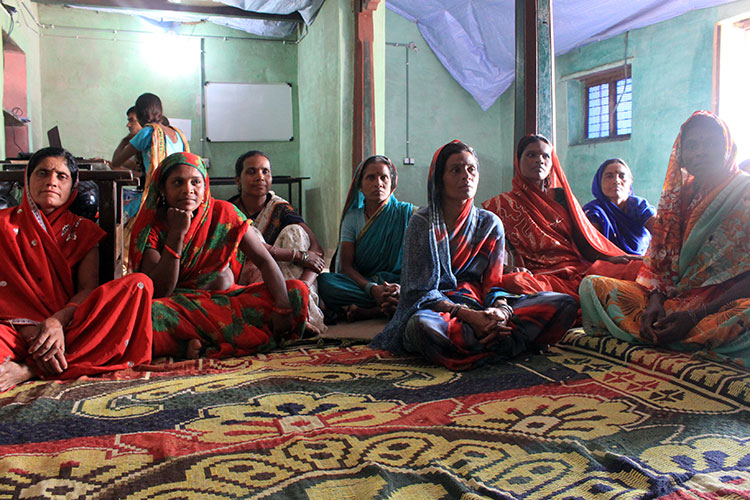
When you pair researchers from the U.S. or Europe with government workers or other researchers in low- and middle-income countries, do you achieve secondary positive effects?
There are two types of collateral benefits. One we saw in some specific projects — the involvement of the researchers with the local governments directly created or expanded local capabilities. For example, there were projects on tax collection in Senegal, where the researchers basically helped the local government improve its cadastral records using, for example, satellite and drone images to improve the records that the local governments have about what’s out there that could fall under the property tax.
There’s a second type of benefit that has to do with the fact that most government organizations around the world have political and bureaucratic imperatives. These imperatives can be very legitimate, but sometimes, maybe because of inertia, tend to make actors not particularly concerned with evidence-based policymaking. Creating this dialogue within the government organization, where researchers are in constant contact with policymakers, introduces a new set of aspirations.
It turns out that when you talk to people on the ground, to people in local government organizations, they get excited about the possibility of better detecting what impact they have on the population and how their transformative role can be better recognized. Introducing this new normal, where evidence-based criteria are important, is another way in which you change the conversation in the country.
In the countries where the projects were carried out — in countries like Pakistan, Rwanda, Mexico — how enthusiastic and how ready were the governments to work with CEGA and the researchers?
Very. To drive an initiative like this one, you need convening power. CEGA conducted a very thorough review of hundreds of potential partners in countries all over the world and identified people whom we knew were innovators — public sector entrepreneurs, people who are working in the local environments and want to change things for the better.
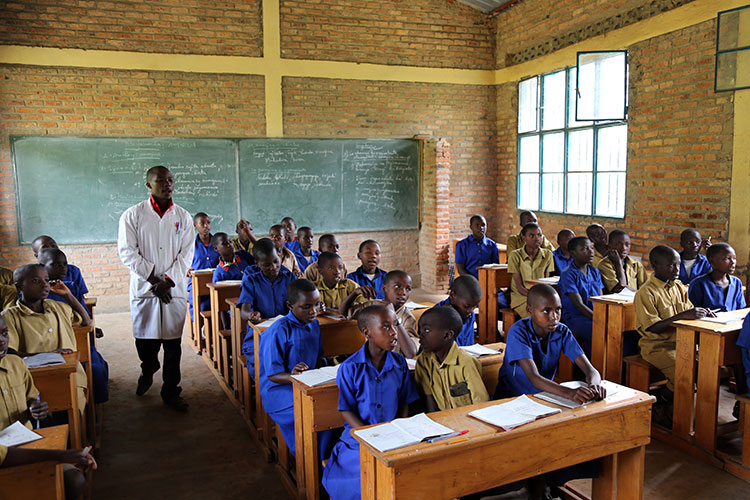
You need to have the network and the knowledge to be able to bring these people, and then you need to have the ability to convene the scholars. We opened this up to scholars all over the world.
We organized a matchmaking workshop, and we had people representing governments describing a problem they needed to solve. Then we had scholars describe the type of experience they had working on similar problems, and then people were joined together in a speed-dating type of approach to see where the commonalities were.
It was an incredible thing to see: When we had the first coffee break, and I saw that people, instead of going out the door to get coffee, were sitting down at the tables to work together, I thought, “OK, it looks like this is going to work.”
When you bring together scholars and funders from wealthy countries and put them into engagement with colleagues from countries with fewer resources — if there’s an imbalance of power between them, is that a danger?
I think, in principle, that’s possible, but it’s not something that you tend to see in actuality. The reason why it’s so valuable to have the local partners, the local governments, as an integral part of the conversation and the project design is that these local partners can tell you immediately, ‘That idea is not going to work in our context, and here’s why. Here’s what we actually need.’
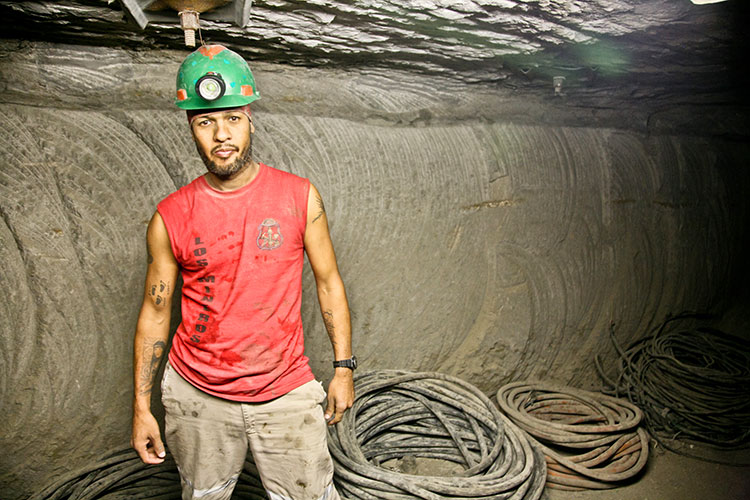
That very quickly allows both parties to course-correct and focus on the things that can mutually work, both to solve the problem on the ground and to create scientific knowledge at the frontier.
This type of dialogue also prevents another danger that I think is perhaps partly behind your question, which is the danger of paternalism, the danger of wealthy nations coming to the developing world and telling them, “Here’s what you need to do.” That’s much less likely to occur when the solutions are being brainstormed jointly by people who are engaged in policymaking and by the researchers.
The approach seems incredibly practical — but is this a novel structure for an academic project?
Let me tell you why I think this is pioneering and pushing the frontier.
These experiments are designed, they are controlled, the same way in which a clinical experiment would be. But you’re doing this with such integration and in an organic manner, with the governments or local organizations on the ground.
It’s not the same thing to parachute researchers into some Third World country, run an experiment on their own, and then declare that if the local government were to take up this idea, then the results would travel nicely. But if we have made sure that an intervention is something that the local constituencies and the local government already view as desirable, something worth implementing, worth learning from, then we can be more confident that if the policy that we tried works, then it will be kept and scaled up by that government, as well as others.
If this can be so successful at generating important, life-enhancing improvements on the ground, are there implications more broadly for future development policy in low-income countries?
There are several things that we’re taking away from this initiative as the initiative wraps up. One thing that you feel encouraged by is the fact that it is possible to organize these large-scale initiatives, funding lots of projects and putting development funds to good use. It makes you wonder: Why don’t we have a lot more philanthropic donations to fund this type of work?
